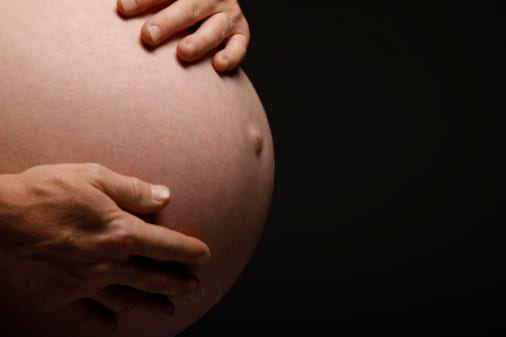Staying physically fit during pregnancy can be difficult, especially if you’re not in shape to begin with. You’re generally more tired, sometimes uncomfortable and possibly concerned about the effect of exercise on your developing baby. Between the extremes of doing nothing and going all out, there’s a highly regarded alternative: Pilates. Conceived by Joseph Pilates in the early 20th century, the original use was as rehabilitation after injury. Which is why it makes sense for pregnancy—it’s low-impact with high-impact results.
Stabilize Your Body During Pregnancy
Your body is changing shape in all kinds of ways—middle, back and sides are all getting a bit wider. Pilates exercises focus all around the center of your body or “core,” which helps you hold up your extra weight and size.
Strengthen the Upper Back Muscles
These muscles will help you from rounding your shoulders in as you carry your added weight in front. It also prepares you for carrying your baby.
Increase Flexibility
During pregnancy, different muscles are stretched in new places—especially your hips—so more flexibility minimizes the impact you’ll feel. Plus, a boost in flexibility can help during labor and delivery, as you will be using your whole body to deliver your baby.
Center Your Mind
An important part of Pilates exercises is the breathing that goes with it. As you focus your mind on your breathing and your body, you will block out your daily stress and worries—a good thing for pregnancy. Also, any kind of regular breathing practice will prepare you for the marathon of delivering a baby.
Pilates Fits Your Personal Ability
Pilates is a challenging exercise, but its moves allow you to temper the intensity depending on your level of fitness. During pregnancy, the exercises can be modified slightly for your changing body. For instance, at a certain point in your pregnancy, your doctor will discourage you from lying on your back, so those Pilates moves that normally have you on your back can be done propped up on several blankets instead.





